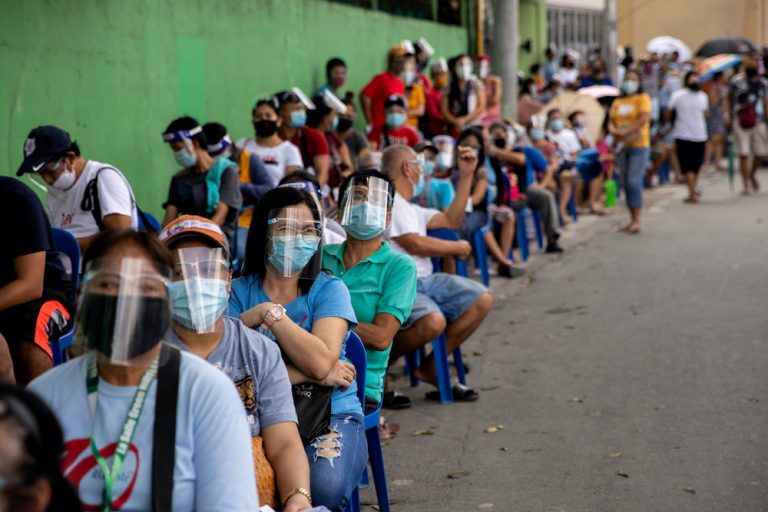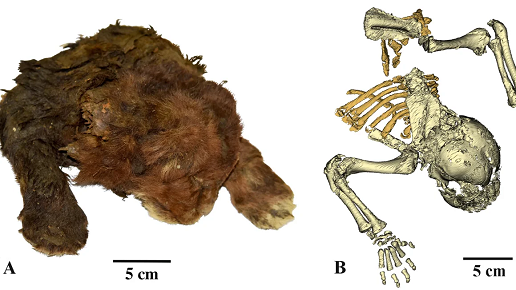【NIA Global News】/edited by Amy Hsieh
According to INQUIRER.NET, the increase in COVID-19 cases in the Philippines, particularly in Metro Manila, cannot be considered a second wave of coronavirus infections, as the country has yet to slow down the first wave, the World Health Organization (WHO) said on March 9.
“I wouldn’t classify this as a second wave because if you’re talking of a second wave, we should have seen a complete flattening of the curve. And in the case of [Metro Manila], we didn’t see that kind of flattening,” Rabindra Abeyasinghe, the WHO representative to the Philippines, told a news briefing at the Department of Health.
“Flattening the curve” is a community strategy to slow down the spread of the coronavirus that causes COVID-19 so as to keep infections at manageable levels.
While “the numbers went down at some stage” — 300 to 400 new infections daily — those still reflect “significant levels of transmission in the country,”
Abeyasinghe said.
More articles: Jimmy Liao’s exhibition ‘Murmurs in the Studio’ at Eslite Gallery
Significantly lower
Abeyasinghe said he would rather call the current increase in infections a “spike.”
“There’s actually no value in classifying it as a second wave,” Abeyasinghe said.
But while more than 3,000 new infections daily are high, the figure is still significantly lower than the average of more than 6,000 daily at the height of the epidemic in the country last year (2020), he said.
On March 9, the DOH reported 2,668 additional coronavirus infections, bringing the number of confirmed COVID-19 cases in the country to 600,428 overalls.
The DOH said seven more patients had died, raising the death toll to 12,528. It said 171 other patients had recovered, pushing the total number of COVID-19 survivors to 546,078.
That left the country with 41,822 active cases, of which 91.6 percent were mild, 3.9 percent asymptomatic, 0.80 percent moderate, 1.9 percent severe, and 1.8 percent critical.
Abeyasinghe said part of the spike in cases in Metro Manila may be attributed to variants of the COVID-19 coronavirus, but added: “[W]e believe that it’s not entirely being driven by the new variants because the number of cases detected and confirmed as opposed to the number of samples checked is limited.”
The number of known variants is simply too small to conclude that these variants are driving up cases, Abeyasinghe said.
The UK and South Africa variants of SARS-CoV-2 are more transmissible, and studies indicate that some vaccines may not be effective against the South Africa variant.
More articles: Miaoli County Government conducts New Immigrant Empowerment and Gender Equality Lecture








